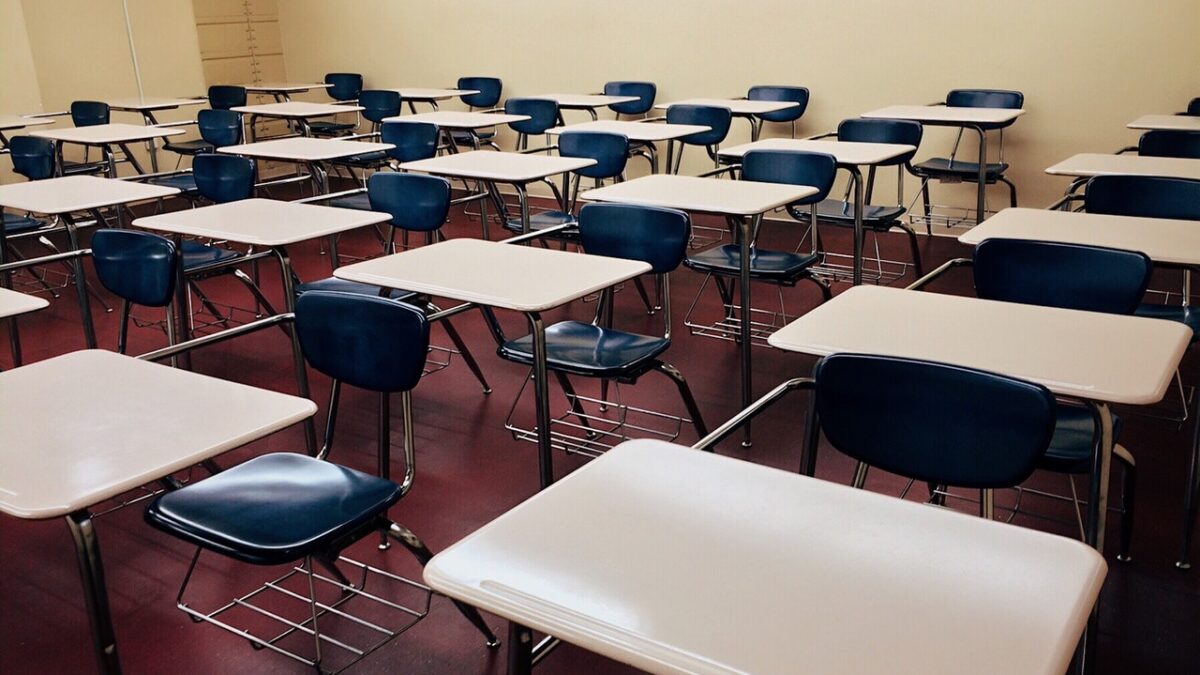As new reports show K-12 students across the country struggling and performing below grade level as a result of lockdown-interrupted learning, teachers in Oregon are demanding less classroom instruction time.
The Portland Association of Teachers is currently bargaining with Portland Public Schools, Oregon’s largest school district, threatening staff shortages and potential school closures should the district not meet their demands for fewer days of in-person instruction at the high school level, and 2-hour early release days or late arrival days at the elementary and middle school level.
Their initial proposal, which they want to go into effect for the remainder of this school year after Christmas break, called for a suspension of in-person instruction one day a week for all high schoolers, no more than two staff meetings a month, a suspension of teacher evaluations, a suspension of all “non-essential committee work,” and additional planning days and professional development days. In total, the union proposal would reduce in-person instruction by 20 days a year.
The teachers’ union says these changes are necessary to avoid “school closures” and “unsafe conditions due to staff shortages.” Elizabeth Thiel, the president of the Portland Association of Teachers, told Portland Monthly that an internal survey of union members found that “educator exhaustion and stress levels are at a dangerously high tipping point,” and that half of the members surveyed are “considering either early retirement, a leave of absence, or leaving the profession entirely.”
The demands come as new data and test results show just how detrimental the last two years of school closures and virtual learning has been to students academically. Notably, compared to other states, Oregon students were some of the last to return to the classroom, only starting in-person instruction this spring for partial school days a few days a week.
An Oregon Department of Education report on the 2020-2021 school year found a 12 percent decrease in the number of the state’s ninth graders who are on track to graduate on time. The iReady test administered by Curriculum Associates, which Oregon implemented for K-8 starting in 2015, found that, nationally, fewer elementary and middle school students began “the 2021 school year reading and doing math on grade level than in the three years before the pandemic.” The test also found that achievement among black and Latino students suffered the most.
The school district responded to the union’s initial demands in a statement last week, saying they do not believe, “dramatically reducing in-person learning for students is in the best interest of our students, their families and our community.”
Statement from Portland Public Schools on the Portland Teachers Union proposal to reduce in-person instruction. pic.twitter.com/jNfqTNCsct
— Portland Public Schools (@PPSConnect) November 30, 2021
At a bargaining session last Tuesday, according to OPB News, union representatives argued the district’s “20 days” estimation mischaracterized the proposed weekly day of at-home or self-taught instruction for high schoolers which they are calling “asynchronous days.”
“We are 100 percent confident that that day meets the legal standard to be instructional hours,” said Steve Lancaster, a high school teacher and union member.
Kim Sordyl is a Portland mom to two high school students and a foreign exchange student in the Portland School District who said the teachers’ union push for slashing instruction time did not just start with the stresses of the pandemic.
“We have the lowest instruction time already in the nation and the lowest graduation rates,” Sordyl told The Federalist. “COVID is just their newest excuse for slashing instruction time … students think it’s unfair, parents are upset, and I think the school district is doing the right thing saying, ‘No, enough is enough.'”
No agreements have been reached and the bargaining is expected to continue this month.









